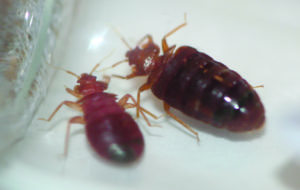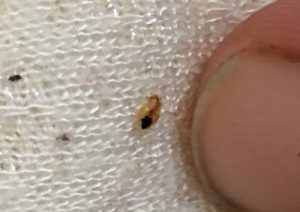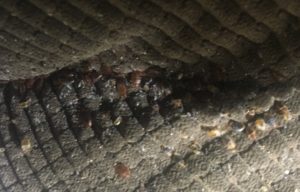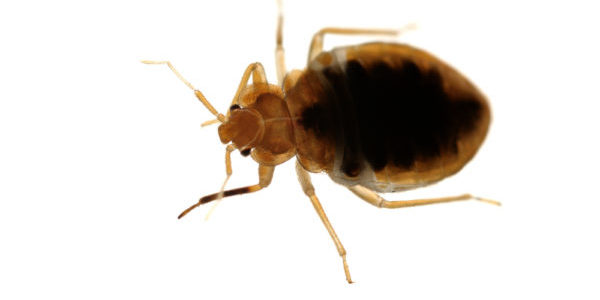Bed Bugs have long been a pest to humans. The earliest mention of bed bugs dates back to Ancient Egypt, but in the US, they really became a problem during the World Wars. Some of these bugs have adapted to become less susceptible to pesticides, so these insects can be difficult to get rid of. Bed Bugs are also really good at hiding, and you can easily track them into your home if you’re not careful. But don’t worry! We have some excellent prevention tips to help keep you bed bug free!
Bed Bugs in the United States
Prior to World War II (WWII), people fought these pests with simple methods like boiling water and lye soap. The years between World War I (WWI) and World War II (WWII), advances in chemistry brought new pesticides to combat bed bugs for the troops. The bed bugs were still a problem after WWII, and the US fought against the bed bug invasion with heavy pesticide usage. Some of those pesticides were later regulated to the point they are no longer used in the US because of their effects on humans and pets, however, they did get rid of the bed bugs, at least for a little while.

Fast forward to the 2000s where bed bugs are a hot topic everywhere you look. These pests are incredibly hard to get rid of because they’ve become less susceptible to certain pesticides. It can be argued that this adaption occurred because of the heavy usage of pesticides after WWII.
Adaption
Adaption, or “pesticide resistance,” happens when an insect is exposed to a sub-lethal amount of a pesticide. This may happen when a pesticide is not mixed properly or applied incorrectly. It can also occur when a pesticide is used heavily, but a small group of the pest are on the fringe of the treatment area and only get limited exposure which does not kill them.

Consider if this happened with 100 bed bugs which are exposed to insecticide A, with only a few of those surviving. The now resistant or adapted bed bugs have something in their DNA that makes them immune to the effects of insecticide A. When those bed bugs reproduce, they will pass that gene onto their offspring. If there is a different group of bed bugs that are immune to pesticide B and they reproduce with those immune to insecticide A, then a bed bug that is immune to both A and B products will be produced. This is how the insect’s population has become less susceptible to insecticides, and this is also why we choose heat as an extermination method.
Heat Remediation
Due to the resilient nature of these insects, Gregory has chosen to invest in Thermal Remediation® Heat Treatment technology.
There is no gene mutation to protect against heat.
– A Gregory Entomologist
We first inspect the property and may even bring in one of our four-legged friends that can sniff out bed bugs to determine what areas should be treated. Then we use Thermal Remediation® Heat Treatment equipment that utilizes electric heaters and monitoring devices which are powered by the system and monitored throughout the process to achieve a safe and effective level of heat within the treated areas. Then we inspect once more to ensure no more bed bugs remain. We may use a residual insecticide to try and prevent a future infestation which may be re-introduced to the home, or to get any other bed bugs that hunkered down away from the heat in cracks and crevices.
How do I get bed bugs, and how can I keep them away?
These sneaky bugs can latch onto suitcases, hide in secondhand furniture and hitch rides on backpacks, purses or boxes to get in your home. It’s not a cleanliness issue with these pests, so you can’t clean enough to keep them away. But there are a few things you can do to try and keep them out of your home.

- When traveling, start by dropping your luggage in the bathroom. Then, check your hotel room for bed bugs by looking in all the cracks and corners of the room and of the mattress. Look for red and brown splotches on the mattress from the bed bug’s excrement and also for the actual bed bug.
- If you spot bed bugs during your inspection, notify the hotel immediately and ask for a different room. Make sure this room is not directly above, below or adjacent to the original room. Bed bugs can easily travel to those rooms via housekeeping carts and even electrical sockets!
- Wrap your luggage in a protective cover such as a plastic bag to keep it away from bed bugs.
- When you arrive home, vacuum all luggage extensively and throw any and all clothes in a clothes dryer on high for at least 30 minutes.
- NEVER set backpacks, luggage or handbags on the bed, especially after traveling!
Have more questions? Contact us today!

